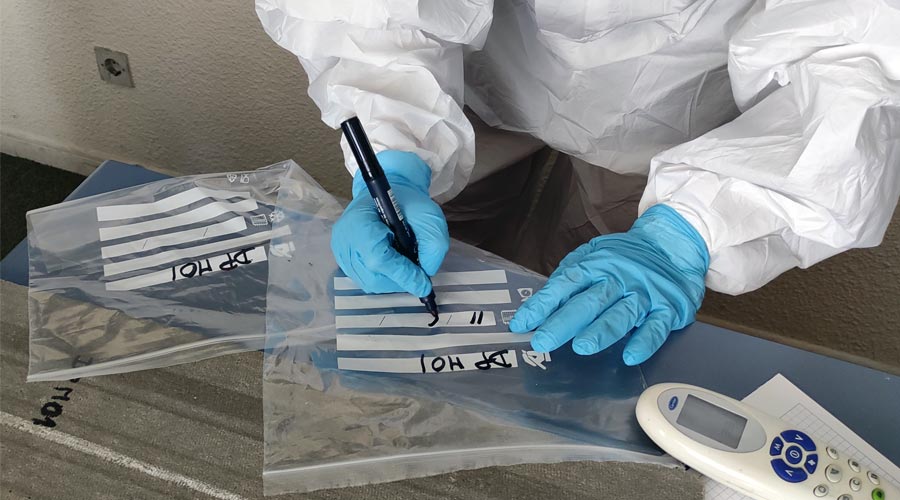Law 7/2022, of 8 April, on waste and contaminated soils for a circular economy, establishes that local councils must draw up a census of installations and sites with asbestos, including a timetable planning their removal, before April 2023. The most at-risk public facilities or sites must be managed by 2028.
What is a census of
asbestos-containing installations?


The census of installations is the identification of buildings in a municipality that contain asbestos. Depending on their level of accuracy, censuses can be classified into three categories: preliminary, basic and detailed.
Once the census has been carried out, the removal schedule will be planned before 2028, establishing priorities according to the potential risk and degree of danger of the facilities, their management (public or private building), their use (education, hospital, industrial…), the exposure of the vulnerable population, their age, the useful life of the asbestos, etc.
How is a census of
asbestos-containing installations carried out?
Each census category implies a more precise level of detail than the previous one:
Preliminary census
This first level of census provides an inventory of buildings with a high probability of containing asbestos through a GIS system showing all existing buildings in the municipality. The calculation of the probability is based on data such as the year of construction of the buildings, the history of asbestos removal and observation by orthophotos.
Basic census
The second level of the census, in addition to the GIS application and the removal calendar, incorporates a fieldwork phase consisting of a visual inspection with drones that allows the existence of easily detectable asbestos materials to be confirmed.
Detailed census
The third level of census is a step further in the accuracy of the inventory, as it includes the inspection of asbestos according to UNE 171.370-2 Localisation and diagnosis of asbestos, with the aim of locating and identifying all asbestos-containing materials in the building.
In this sense, Eurocontrol is the first entity accredited by ENAC to carry out the following inspections according to the UNE 171370-2 standard:
- Location, identification and assessment of asbestos-containing materials (ACM) in buildings and industrial facilities, for their maintenance in use and for the
- Pre-identification of asbestos-containing materials (ACM) for their removal.
Our
other news

